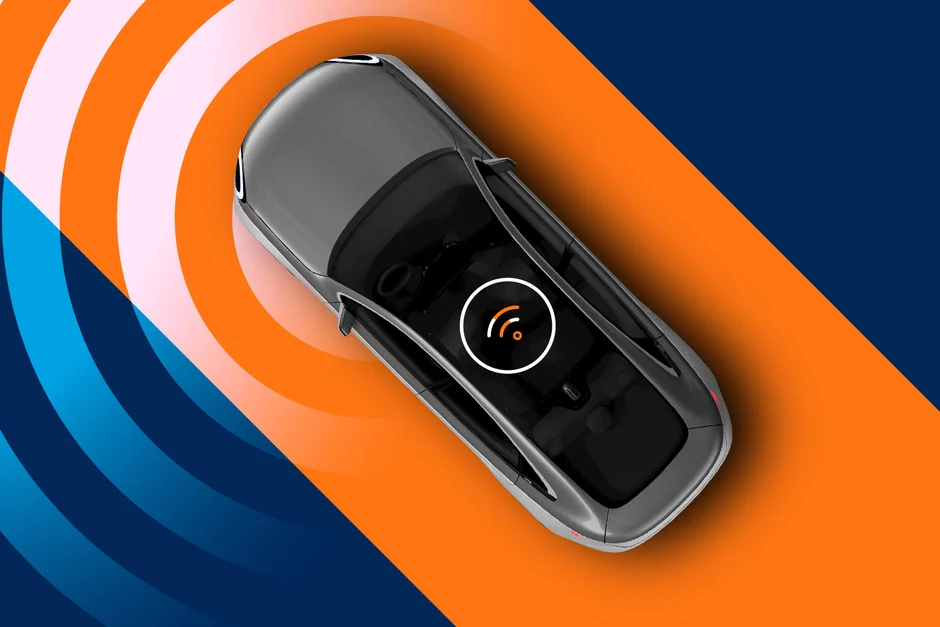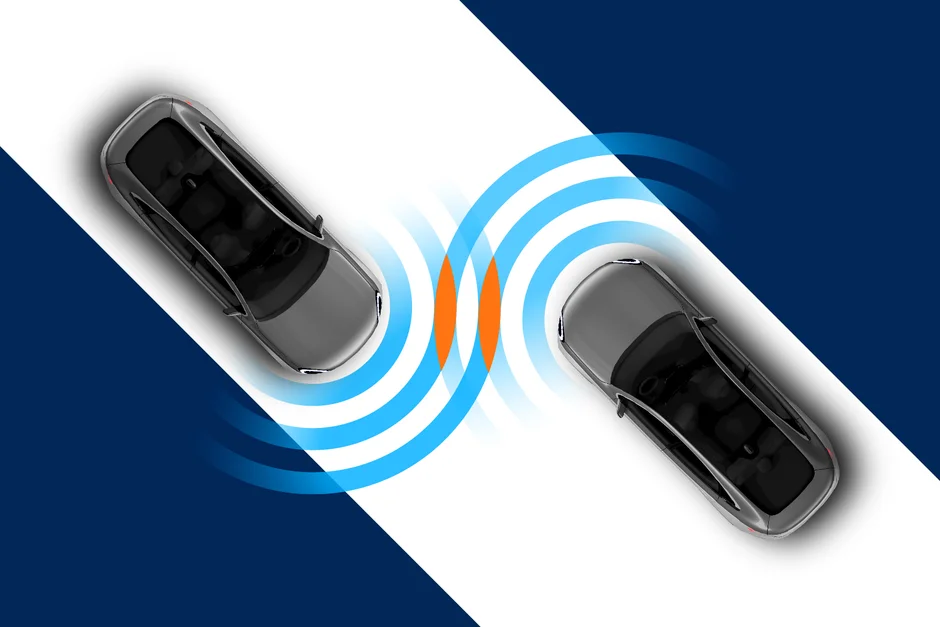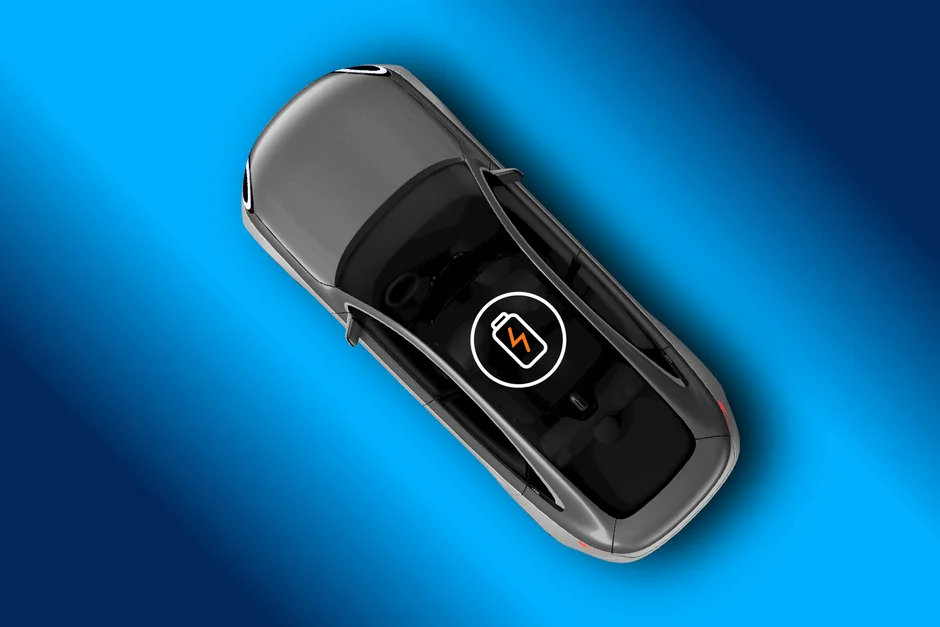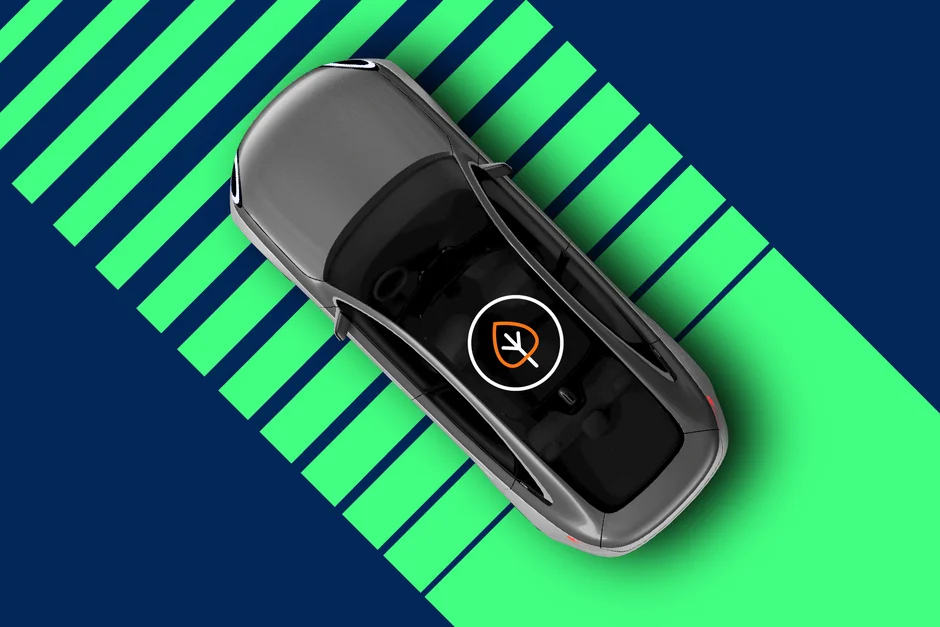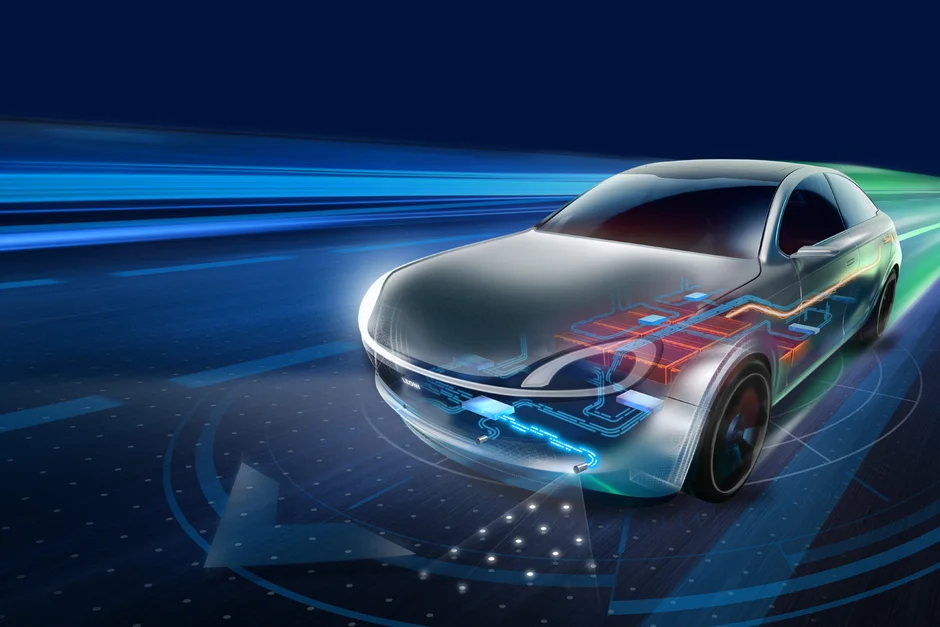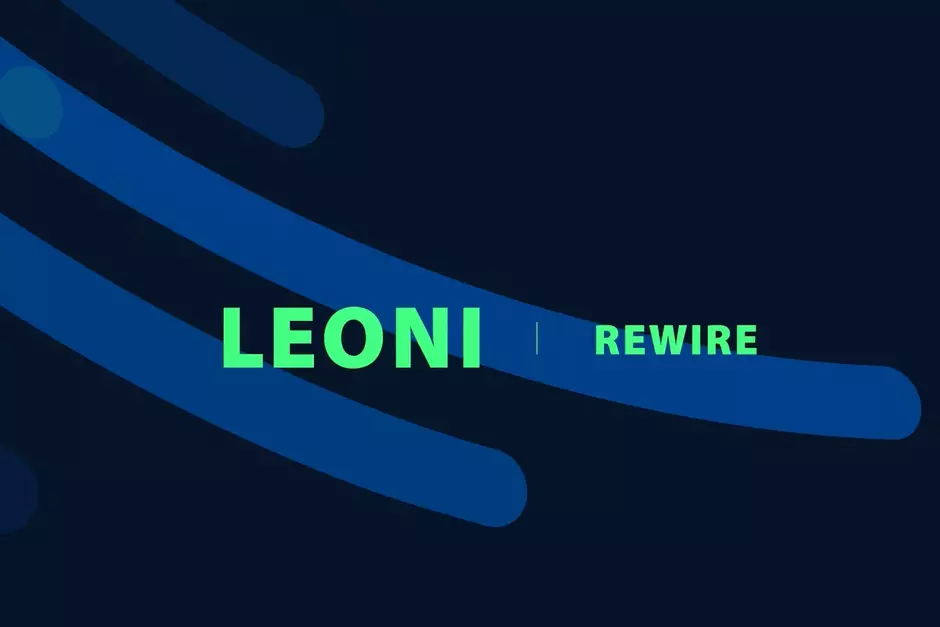Networking, or "connectivity", is a dominant trend in our digital world. Remote work and working from home are clear indicators that in many professional fields today, it is no longer decisive where we work from, but rather how we want to use our digital networking options with each other in the future.
In addition to the networking of people with each other, the networking of man and machine is increasingly coming to the fore. It is no longer unusual to check vehicle statuses, such as the battery charge level, using an app and cell phone. And the introduction of eCall, the networking of the vehicle with the emergency call center, is another example of how digitalization is also finding its way into vehicles. Technologies such as LTE and 5G make it possible to be online at all times and communicate with each other quickly. The realization of this type of data transport and communication also requires greater networking of the systems in the vehicle, e.g. if the emergency call is to be triggered via the airbag system and further information such as the number of occupants or the severity of the accident is to be transmitted. Various technology trends such as the software-defined vehicle and high-performance computers will further increase the need for communication in future vehicles. Automated driving, for example, requires a large amount of high-resolution sensor data (lidar, camera, radar, ultrasound) in order to create an accurate model of the environment. In addition, not only is the volume of messages for communication within the vehicle increasing, but also for communication between the vehicle and the outside world, e.g. to a vehicle manufacturer cloud.However, this increasing complexity is currently pushing the classic bus systems to their limits. Various extensions such as CAN FD and CAN XL have taken place in recent years. In addition, Ethernet has also found its way into vehicle networking, which in turn enables completely new networking concepts in the vehicle. External vehicle communication relies on antennas, which in today's vehicles can be a dozen or more, as vehicle access today is much more than just two buttons on a radio key.
LEONI is already working intensively on appropriate technologies to meet the resulting increasing demands on vehicle architecture and physical connections in the future. Examples include the design of new EE architectures in the early development phase together with the OEMs, the production of data cables for high data rates and also the joint development of zonal controllers by Valeo and LEONI, an important component of new EE architectures.

